Lilies, with their elegant blooms and earthy, slightly sweet flavor, have long been celebrated as both ornamental plants and culinary treasures. Among the many varieties, edible lilies such as Lilium lancifolium (tiger lily) and Lilium brownii are prized in global cuisines for their unique taste and nutritional benefits. Yet, few know that the season in which these bulbs are harvested and consumed significantly impacts their texture, flavor, and health-promoting properties. This article delves into the science and culture surrounding lilies, exploring why autumn reigns as the prime season for indulging in this delicate delicacy.
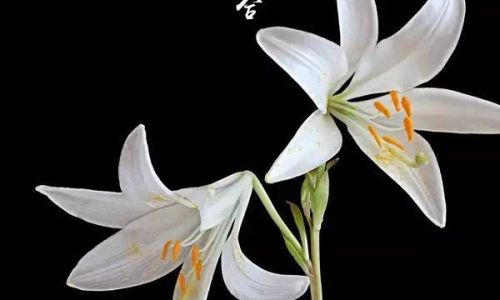
The Life Cycle of Lilies: Understanding Seasonal Growth
To appreciate why autumn is ideal for consuming lilies, one must first grasp the plant’s annual life cycle. Lilies are perennial bulbs that emerge from dormancy in early spring. As temperatures rise, their stems stretch toward sunlight, unfurling vibrant flowers by midsummer. These blooms eventually fade, leaving behind seed pods that mature in late summer. However, the edible portion—the bulb—undergoes its most critical development during this period.
After flowering, the lily plant redirects energy from its leaves and stems back into the bulb, storing nutrients to survive winter. This process, known as senescence, peaks in autumn. The bulb swells with carbohydrates, vitamins, and minerals, becoming plump and nutrient-dense. Harvesting during this phase ensures the bulb is at its nutritional and culinary zenith.
Autumn’s Advantage: Why Timing Matters
Nutritional Peak
Autumn-harvested lilies boast superior nutritional profiles. Research indicates that bulbs collected in late September or early October contain higher concentrations of vitamins B and C, potassium, and dietary fiber compared to those dug up in spring or summer. The cooler temperatures and shorter daylight hours of autumn accelerate the bulb’s nutrient storage, creating a powerhouse of antioxidants and anti-inflammatory compounds.
Flavor and Texture
The flavor of lilies evolves with the seasons. Spring bulbs, still recovering from winter dormancy, tend to be starchy and mild. Summer’s heat can induce bitterness as the plant focuses on reproduction. In contrast, autumn’s crisp air and moist soil yield bulbs that are crisp, juicy, and subtly sweet. The natural sugars developed during senescence caramelize beautifully when cooked, enhancing dishes like stir-fries, soups, and desserts.
Culinary Versatility
Autumn’s lily bulbs are incredibly versatile. Their firm texture holds up well in hot dishes, while their sweetness complements both savory and sweet preparations. For example, in Chinese cuisine, fresh autumn lilies are often sliced and added to hot pots, where they absorb the broth’s flavors while retaining their crunch. In Korean cooking, they’re pickled with chili and garlic, creating a tangy side dish. Even in Western kitchens, chefs are experimenting with lily bulbs, roasting them like vegetables or puréeing them into creamy soups.
Harvesting Practices: Tradition Meets Sustainability
The art of harvesting lilies is as old as civilization itself. Ancient texts from China, Greece, and Rome document the practice of digging bulbs in autumn, when the foliage begins to yellow. Modern sustainable farming echoes this tradition, emphasizing hand-harvesting to avoid damaging the bulb’s delicate scales.
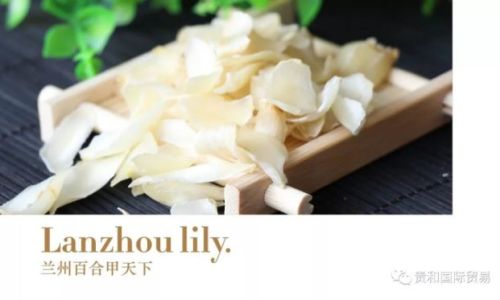
When to Harvest
The optimal time to harvest lilies is 6–8 weeks after flowering, when the leaves have turned golden but before the first frost. This window ensures the bulb has maximized its nutrient storage without succumbing to cold-induced decay. Farmers often test readiness by gently digging around the base of the plant; a mature bulb will feel firm and heavy.
Storage Tips
Freshly harvested lilies can be stored for several months if handled correctly. After brushing off excess soil, trim the roots and leaves, then place the bulbs in a cool, dark, well-ventilated area. Some cultures wrap them in damp burlap or rice straw to maintain humidity. For longer storage, blanching and freezing are viable options, though fresh autumn bulbs are unparalleled in flavor.
Cultural Significance: Lilies in Global Cuisines
Lilies have been dietary staples in Asia for millennia. In China, they’re known as bai he, and their consumption is tied to traditional medicine. Autumn lily bulbs are believed to nourish yin, a concept in Traditional Chinese Medicine (TCM) referring to cooling, moistening energies. Dishes like lily bulb and pork soup are prescribed to alleviate dry coughs or restlessness, common in autumn when the air turns arid.
In Japan, yuri no kishi (lily bulb tempura) is a seasonal autumn delicacy, often served at festivals celebrating the harvest. Korean yongnyeon (lily bulb jeon) is a pancake-like dish enjoyed during Chuseok, the autumn harvest moon festival. Even in Europe, lilies have a culinary history; medieval monks cultivated them for both medicine and food, though their use declined with the rise of modern agriculture.
Beyond the Plate: Medicinal and Cosmetic Uses
The benefits of autumn lilies extend beyond the kitchen. In TCM, lily bulbs are used to treat insomnia, anxiety, and inflammation. Modern studies suggest their polysaccharides may boost immune function, while saponins exhibit antimicrobial properties.
Cosmetically, lily extracts are prized for their hydrating and anti-aging effects. Autumn-harvested bulbs, with their concentrated nutrients, are particularly sought after for skincare products. The mucilage in lily bulbs forms a protective barrier on the skin, making it a popular ingredient in moisturizers and masks.
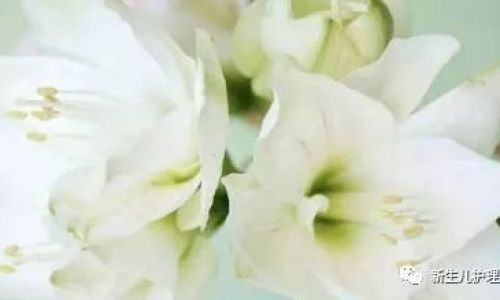
Challenges and Considerations
Despite their merits, lilies face threats from overharvesting and habitat loss. Wild populations of species like Lilium philadelphicum (wood lily) are declining due to unsustainable collection practices. Consumers are encouraged to source lilies from certified organic farms or grow their own.
Another challenge is preparing lilies safely. All parts of the plant contain alkaloids that, in large quantities, can cause gastrointestinal distress. Proper cooking—boiling, soaking, or fermenting—neutralizes these compounds, rendering the bulbs safe to eat.
Conclusion: Embracing Autumn’s Bounty
Autumn’s arrival marks more than just changing leaves; it’s a season of culinary abundance, and lilies stand as a testament to nature’s perfection. Harvested at their peak, these bulbs offer a symphony of flavor, nutrition, and cultural richness. Whether simmered in a broth, roasted with herbs, or blended into a soothing tea, autumn lilies invite us to savor the ephemeral beauty of the season.
As global interest in sustainable, seasonal eating grows, lilies deserve a place on menus worldwide. By understanding their life cycle and respecting traditional harvesting practices, we can enjoy this delicate delight while preserving it for generations to come. So this autumn, seek out lily bulbs at farmers’ markets or specialty stores—your taste buds and body will thank you.
Word Count: 1,827
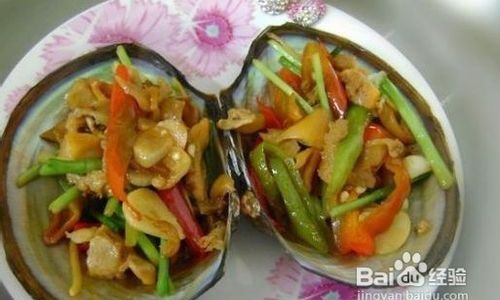
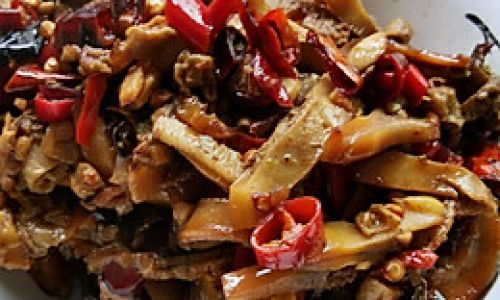
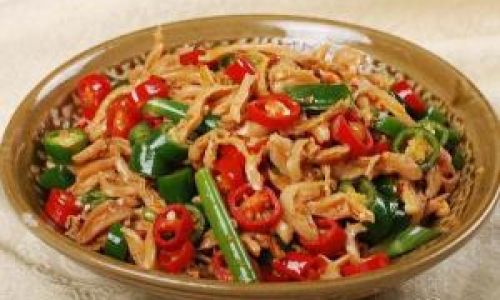
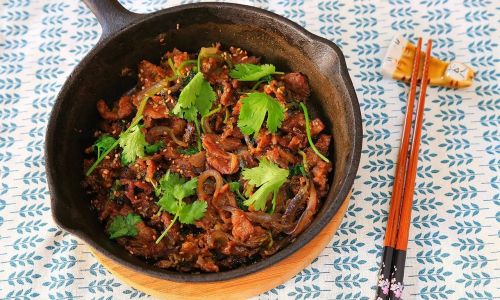

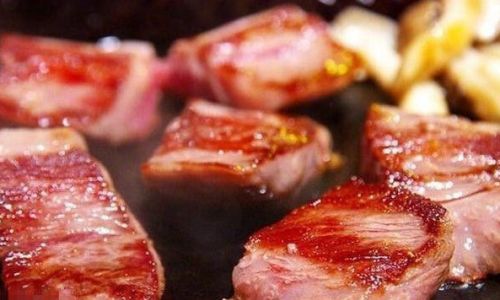
0 comments